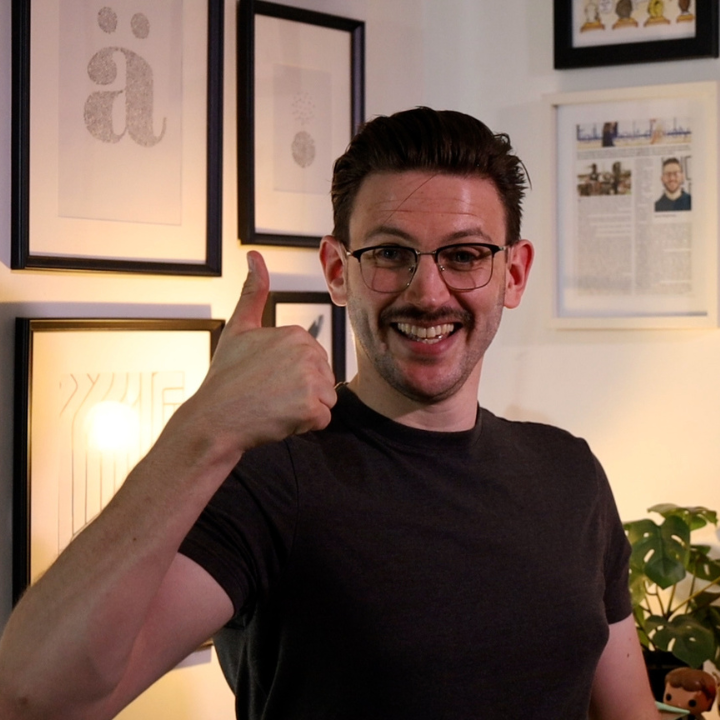Can Safety Be Fun? Why Risk Fluent Thinks It Should Be

Overview
Can safety ever be fun? According to the latest episode of The Rebranding Safety Show, hosted by Risk Fluent, the answer is a confident “yes.” In this episode, hosts James and Peter dive into how safety training, workplace wellbeing, and business culture can be more effective when they’re enjoyable and engaging. From tackling outdated assumptions to designing creative solutions using LEGO, this blog breaks down the main takeaways in a simple, engaging way that anyone can understand.
Can Safety Be Fun? Why Risk Fluent Thinks It Should Be
1. Fun Helps Us Learn and Remember
When we feel something strongly, especially joy or fun, we’re more likely to remember it. That’s the science behind why fun learning works. James and Peter believe the safety profession has a real opportunity here: make safety engaging, emotional, and memorable.
“People don’t remember half of what you say… but they remember how you made them feel.”
At Risk Fluent, safety workshops offer more than rules and checklists. They use games, creativity, and collaboration to make safety stick.
2. Safety Isn’t Just PPE
Too often, safety is seen only as protective equipment (PPE) and paperwork. But that’s not the full picture. Safety is about building happy, healthy workplaces where people feel enriched and respected.
“We are wearing PPE, but we’re also about creating environments that people want to work in.”
This means helping businesses rethink what “work” even means in today’s world. With more generations in the workplace than ever before, safety needs to reflect the different experiences and needs of modern workers.
3. One Size Doesn’t Fit All
One big issue is the idea that one safety solution fits every business. It doesn’t. Each workplace is different. Now, why do we keep treating them the same?
“We always try for a one-size-fits-all, but maybe we just don’t have the resources to do anything else.”
James and Peter challenge this thinking. They say it’s time to stop assuming and start asking better questions, especially about how work is being done.
4. Real Work vs Imagined Work
In every workplace, there’s a difference between the work people are expected to do and the work they do. This gap can lead to risks being missed.
“No one understands work. The biggest problem is the gap between ‘work as imagined’ and ‘work as done’.”
Risk Fluent encourages leaders to explore this gap. They suggest that teams should say out loud what assumptions they’re making during risk assessments. It’s a simple habit that could save lives.
5. Risk Assessment Assumptions Matter
When writing a risk assessment, teams often make quiet assumptions, such as “the ground will be clear” or “no one will bypass the safety guard.” These assumptions should be made visible.
“Say out loud the assumptions you’re making. That’s where better safety starts.”
Including a section for assumptions in risk assessments can help teams identify risks before they happen. Risk Fluent even included this in their templates.
6. Culture and Politics Influence Safety
The hosts also reflect on how little influence the safety profession currently has in wider political and business conversations. Issues like mental health at work or under-resourced regulators are huge but rarely include input from safety experts.
“We think we’re more influential than we are.”
They call for the profession to become louder, braver, and more involved in shaping how work is defined and valued.
7. Hackathons, LEGO, and Creativity in Safety
Risk Fluent has been hosting hackathons where teams solve real safety problems using LEGO and hands-on creativity. These are fun and they’re effective. People should open up, let ideas flow, and problems get solved in new ways.
“We use LEGO. We use games. We design immersive workshops. That’s the Risk Fluent way.”
If you’ve got a safety problem worth solving, they want to hear from you!
Final Thoughts
James and Peter are on a mission to reshape how the world thinks about safety. Their message is simple. Safety can be human, emotional, creative, and yes, fun. When we make safety more human, we make it more effective.
“It’s not about getting people to work safely. It’s about helping people safely work.”
Ready to talk?
Let’s talk

Has over 12 years of experience in safety and fire across various industries like healthcare, housing, and manufacturing. As the Managing Director at Risk Fluent and host of the “Rebranding Safety” podcast and YouTube channel, he is committed to making safety discussions engaging. James’s innovative approach and dedication to rebranding safety have made him a respected figure in the field.





